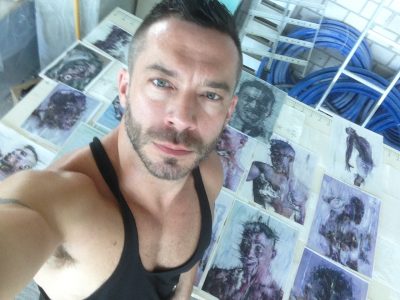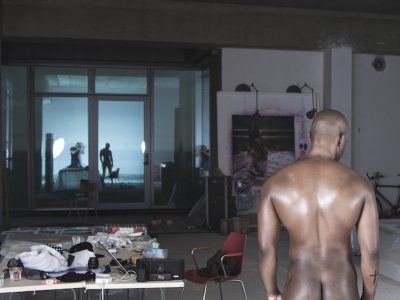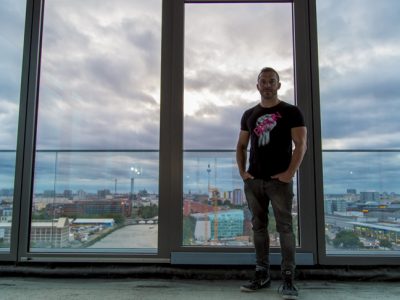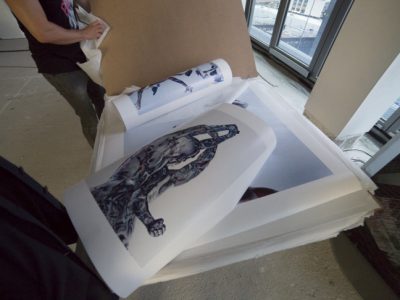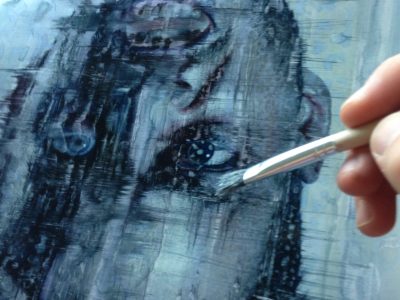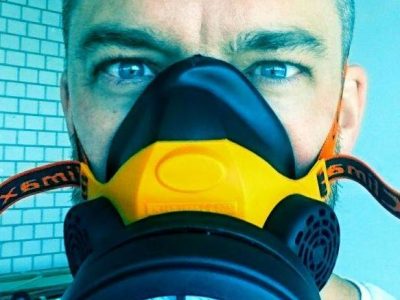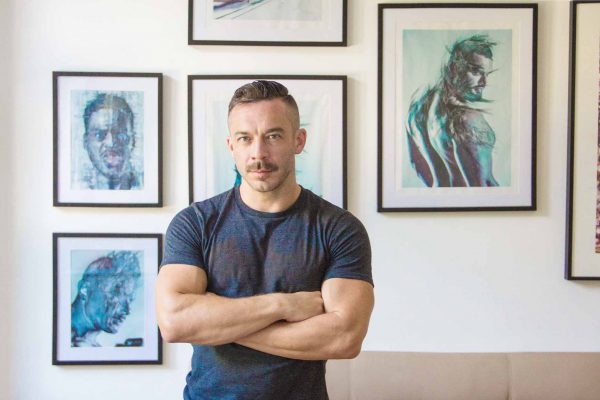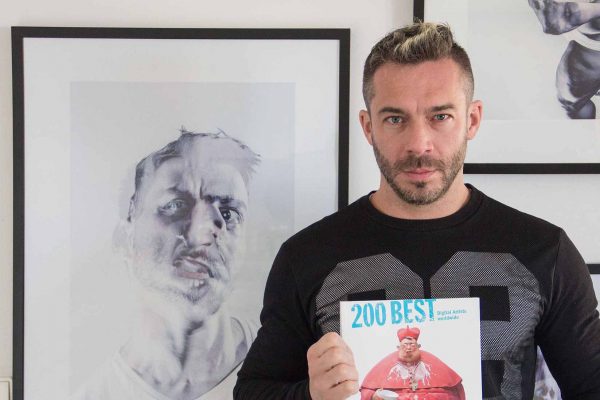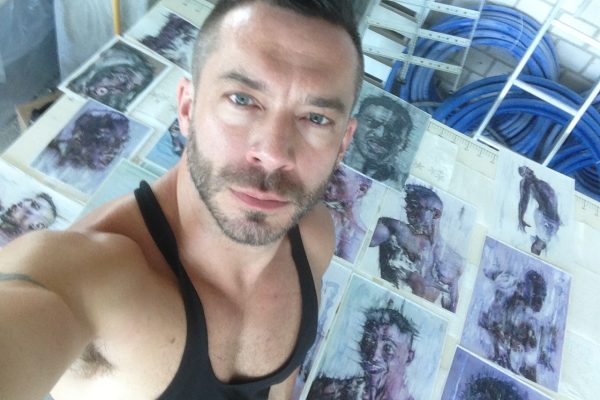Art Berlin
Interview
Interview by Esther Harisson, please read the original in German on ArtBerlin
Mathias Vef is a photographer and video artist. He focuses on bodies and dissolves theirs aesthetics, often through the use of GHB. Galeries Lafayette presents his solo show Come Undone.
Mathias, you have a lot of stuff going on right now! But what really struck me is your new work ‚On G‘ for which you work with GHB/GBL on your prints, a party drug and doping drug.
GHB/GHB is originally a pickling agent, a chemical color remover that is used to clean buildings from graffiti. But it is also used as a recreational drug and as doping for bodybuilding. At the 10-years anniversary exhibition at Berghain, Sarah Schönfeld showed an impressive sculpture for which she collected people’s pee over a period of time in the club. I was fascinated by the use of ‚real‘ substances and the vigor of it that went into the artwork. That exhibition in Berghain showed me that club culture is in fact an important source of inspiration to me, I was looking for a substance within the context of my work. A night out can be similar to the way I work as an artist. I do abstraction, the light, the repetitiveness of the music and the whole atmosphere does the same to people, encounters, interactions, physical interactions, sex and bodies.
Coming back to GHB. It is quite unique as it is widely spread in the gay clubbing scene, but it is also used for bodybuilding. It is very disinhibiting, euphorigenic, but also in a way dissolving, as it is very dangerous and destructive. And finally – or better first and foremost – it is a strong chemical color dissolvent, very interesting to work with. The Eastside Gallery in front of my studio is being cleaned from graffiti with it.
I like people who see their bodies and themselves as something that as formable material, something that can be created. I find those people the most fascinating, who see their body as an expression of their consciousness. It is like hacking your own body.
As an artist I absorb and record those materials the models provide in a shoot – and start hacking them myself, through collages or with G. It is also fascinating because mainstream and subcultures are being mixed and the borders are meshed up. No one knows who decides what’s looking good, what is mainstream and what is deviant. Every society need spaces of deviation where the social system is being tested and renegotiated. That’s where the real discourse starts about who we are and how, and why. GHB fits into that, it can hack and dissolve your character, inhibitions, movements and morals. The sense of self is fragmentized. When I use it on my prints, the effect is quite similar. But there is another, more sinister analogy. GHB is very dangerous and can be fatal when overdosed. Just a bit a too much – and it’s over. When I paint with it it is the same: If I’ve taken away the pigments, I cannot conjure them back. Its destructive power sinks in.
I tell him that his work feels to me like the aggrandisement of an ideal body, its elevation, almost with Riefenstahl aesthetics just to splatter it in an absurd and bizarre way. Mathias just responds that he always liked Egon Schiele’s portraits in all their kinkiness and deformity. Seems to fit.
The video was supposed to be part of the ’normal‘ process of the night and screened over the main dancefloor. That was important to me because in this club and in this space borders are crossed and dissolved. The night was part of an exhibition in nGbK called contesting/contexting Sport. The show collected work that is critically about the sport complex, mass sport events and engages with activism and queer elements.
Andrographie is about the contemporary sport for the masses: bodybuilding. Mark Simpson named this aesthetic Sporn, because of its analogies with pornography. There are many analogies in the visuals, but also in the language and how hierarchies and the whole amateur/professional complex is being torn upside down. It’s also a new definition of mainstream and subculture. And Kitkat is perfect space to show that work, because there both mainstream and subculture come together and the negotiation starts.


